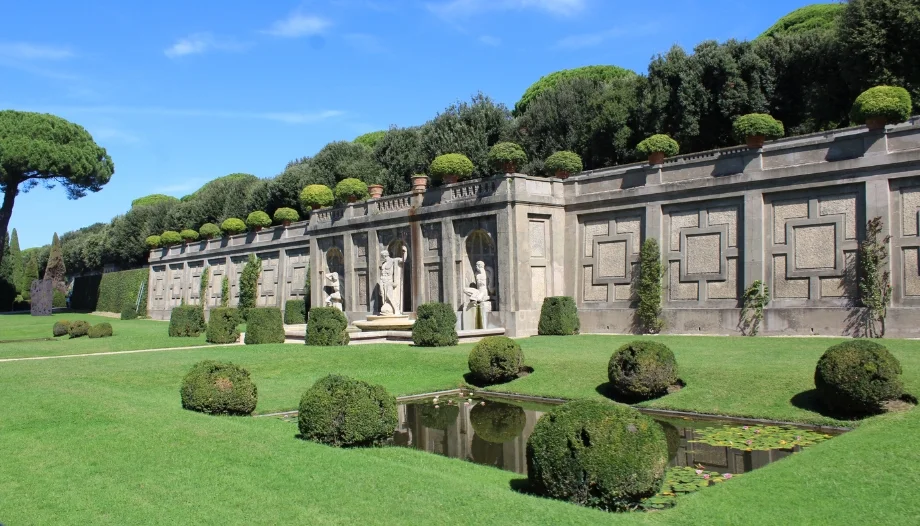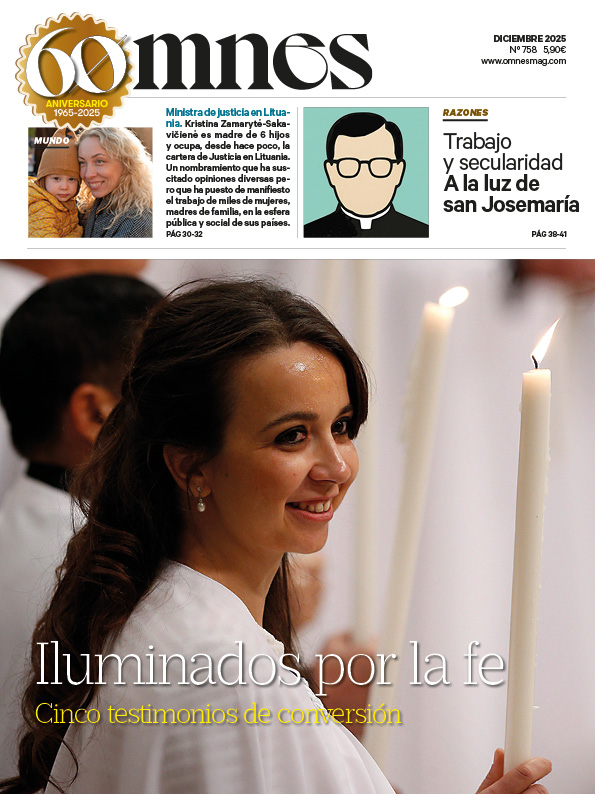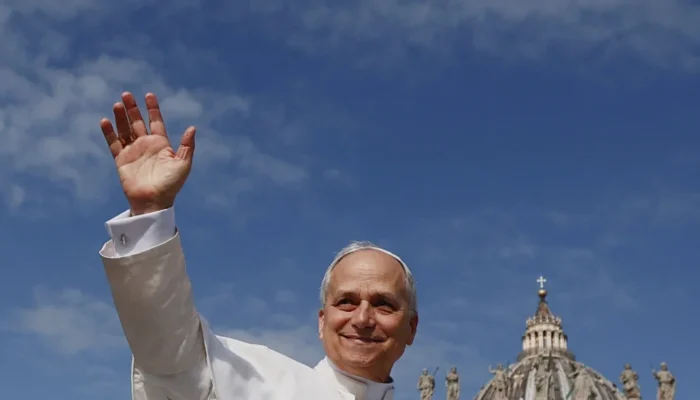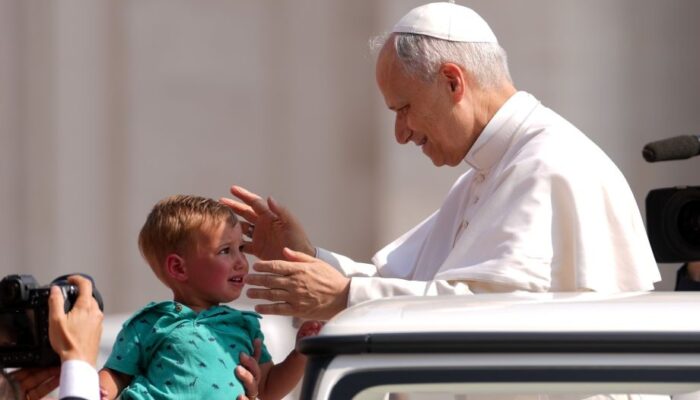"Where beauty took root". This is the motto that opens the tour of the Pontifical Villa of Castel Gandolfo, where Pope Leo XIV spends a good part of the month of July and goes every week (on Tuesdays, the usual day of rest for pontiffs). In early September he inaugurated Borgo Laudato Si', an initiative promoted by his predecessor Francis that houses a center for development and training in integral ecology.
Visitors find a true hidden oasis about 40 minutes by train from Rome. It is a good option to escape the crowded streets of the Eternal City and contemplate the combination of the beauty of nature and Roman architecture. The place was opened to the public in 2014, a time when Pope Francis was no longer using the pontifical residence, as he was not in the habit of taking vacations.
The villa has a grandiose past: the site where Castel Gandolfo stands today was in the ancient city of Alba Longa, legendary birthplace of Romulus and Remus. It served as a resting place for the Roman nobility. Emperor Domitian (81-96 AD) had an immense country villa here, with pavilions, gardens and aqueducts, the remains of which can still be seen today on the guided tour. Emperor Hadrian (117-138 A.D.) also used the villa until he inaugurated Villa Adriana in Tivoli, another retreat in the outskirts of Rome.
It was Pope Urban VIII Barberini (1623-1644) who transformed the castle into a papal summer residence, entrusting the project to Gian Lorenzo Bernini. From then on, it became the "summer palace of the popes". During World War II, the property welcomed refugees of all origins, including Jews. Today, the papal complex covers 55 hectares.
The visit
The guided tour (on foot or by electric minibus) goes through the Barberini Gardens, built on the ancient villa of Domitian. They are huge (30 hectares) and of great historical and botanical value, as they contain Roman ruins, such as the remains of the theater, cryptoporticos and imperial structures. It highlights a corridor that served as the "winter garden" of the emperor, 300 meters long: today 120 meters are preserved, and the structure can still be seen.
The visitor is introduced to the story behind the planted trees, with biblical references: tall cypress trees, symbolizing the struggle toward Heaven and immortality; olive trees, which in the New Testament is the royal plant for Christ entering Jerusalem, symbolizing Christ himself and the Church; and even an 800-year-old oak tree, evoking the same type of tree from which Jesus' cross was made. Most trees have evergreen leaves, representing stability and eternity.
During the tour, it is also possible to see baroque fountains, geometric paths typical of the Italian Renaissance garden and agricultural areas (orchards, fruit trees, vineyards) that still today produce oil and wine used in Vatican ceremonies.
In this place, it is easy to apply the words of Pope Leo, who defined the garden as a "natural cathedral". "Almost implicitly taking up the Genesis account, Jesus emphasizes the special place reserved, in the creative act, for the human being: the most beautiful creature, made in the image and likeness of God. But with this privilege is associated a great responsibility: that of caring for all other creatures, respecting the Creator's plan".
Borgo Laudato Si': the seed of change
Pope Francis, in creating Borgo Laudato Si' at his residence in Castel Gandolfo, wanted to ensure that it was guided by the principles of the encyclical. Laudato Si'published in May 2015. The project is developed around three axes: education in integral ecology, circular and generative economy, and environmental sustainability.
The Borgo unites two souls: the Laudato Si' High Formation Center, the educational heart of the project, and an agricultural system based on the same principles.
Now, in addition to its natural beauty, the village has become a large training center for training activities for students, professionals and vulnerable communities. Each year, the complex will receive up to 2,000 students from all over the world, including young people with disabilities, sent by the dioceses.
At the inauguration of the space on the 5th, Pope Leo toured the entire property in an electric golf cart and greeted those responsible for the administration of the Borgo and the families of the employees and students. The meeting left images that conquered the world, such as the moment when he stopped to feed some fish or when he was presented with a calf.
The Pope recalled that Christ invited the disciples to look at "the birds of the air" and to observe "how the lilies of the field grow". The Pontiff remarked how flora and fauna are often the protagonists of the Gospel parables, but, in this case, the invitation serves to "understand the original design of the Creator".
"Everything was wisely ordered, from the beginning, so that all creatures would contribute to the realization of the Kingdom of God. Each creature has an important and specific role in his plan, and each one is a 'good thing,' as the Book of Genesis emphasizes," he added.







